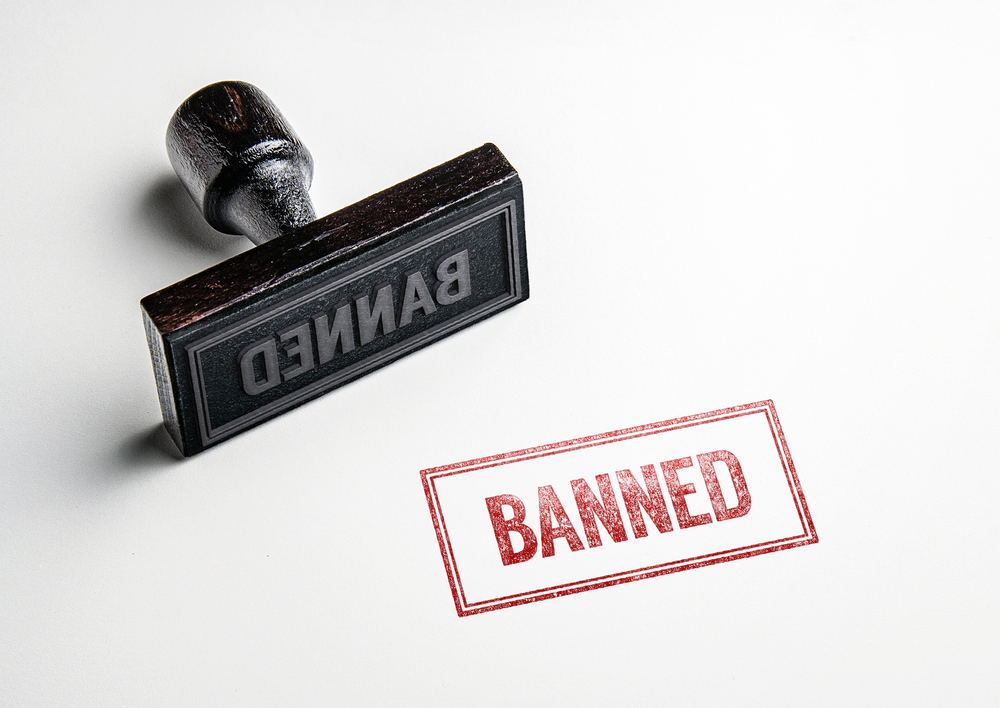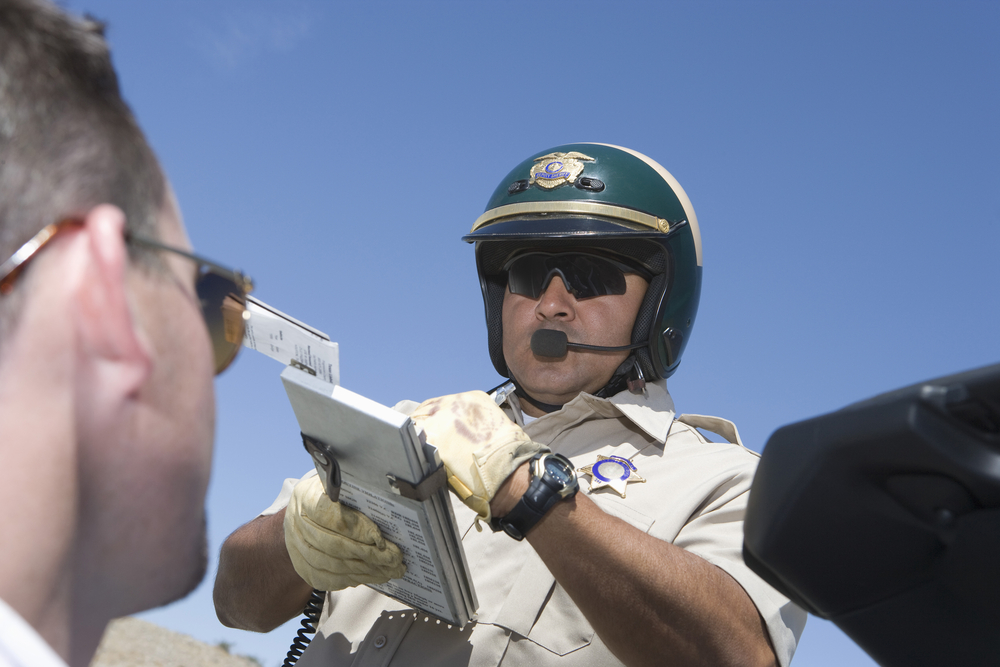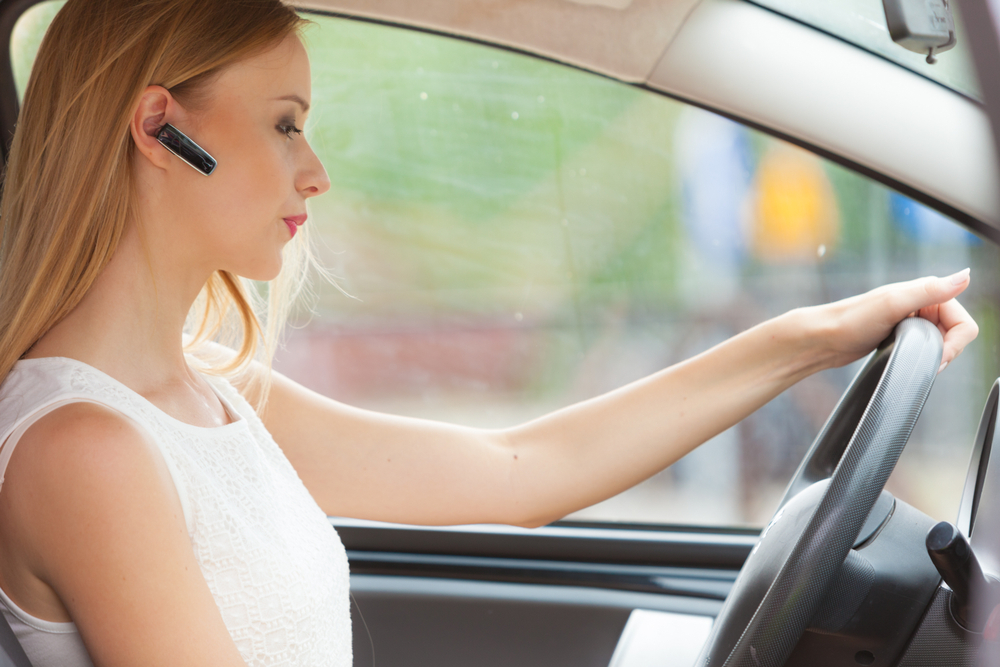New Law Enacted A Year Ago
We’ve been keeping tabs on the Texas texting ban and hoping it makes people drive more responsibly. But the jury is still out on whether the new law is working. While most people agreed that our state should prohibit texting while driving, the new law was so watered down by the Legislature that it has not been effective. In fact, more Texans are texting and driving – and causing car accidents – than ever before.
Texas Department of Public Safety troopers have issued only 1,195 tickets and 4,247 warnings to drivers in the past year according to the Star-Telegram. As much as we’d like to think that these lower-than-expected numbers correlate to fewer drivers texting on their phones, that is wishful thinking.
After the Texas texting ban came into effect on September 1, 2017 the Texas Department of Transportation partnered with AT&T on the It Can Wait campaign to educate drivers about cellphone use. According to the data collected, 89% of Texans admitted that they still use the smartphone while driving, more than before the law was passed.
This is a very serious problem that sites like the Department of Transportation’s Talk Text Crash will not begin to solve. That site reports there were over 537,000 reported crashes in Texas (often police choose not to write police reports so the number is much higher) just last year. A whopping 100,000 of those were caused by cell phone use and distracted driving.
Don’t think that matters? 444 Texans lost their lives in those car wrecks and almost 3,000 were seriously injured. The numbers for 2018 have not been released yet but it is believed they will be even higher based on year to date figures.
Texas is still the worst state when it comes to fatal crashes involving cell phone use while driving — far more than California which has 12 million more people.
The New Law
In enacting the Texas texting ban, the Legislature claimed that it wanted to prevent drivers from not sending or answering texts and emails. Drivers caught texting while driving may be issued a ticket for a misdemeanor and a fine of $25 or more. Repeat offenders could face fines of up to $200. A conviction for texting and driving that causes serious injury or death could result in a fine up to $4,000 and/or a jail term of up to one year.
There were already bans on some of this activity. Prior to the Texas texting ban, state law already prohibited some texting while driving including
- by all drivers in school zones;
- by drivers under 18 years of age from texting and driving; and
- by school bus drivers from texting and driving when transporting children.
But Tickets Depend On Where You Get Caught
Our law firm handles car wreck cases caused by texting while driving across North Texas, so we were interested in a correlation between crashes and tickets under the new law. According to that Star-Telegram article, there were only three violations issued in Arlington and only one in North Richland Hills. The Dallas Morning News also checked the numbers in our area and discovered this wide variety in the number of tickets handed out:
- 95 in Grand Prairie;
- 89 in Fort Worth;
- 73 in Plano;
- 50 in Garland;
- 30 in Frisco;
- 24 in Dallas;
- 22 in Irving; and
- 1 in McKinney
Loopholes in New Law
One problem is that it only bans texting. In many cases, the vaunted statewide ban doesn’t go as far as the local ordinances that predate it. In the absence of local rules to the contrary, Texans are still allowed to use cell phones and smartphones to
- make calls;
- play music;
- navigate with GPS;
- text using hands-free technology (especially for the purpose of work);
- use the phone for its originally intended function: making phone conversations; and
- make “emergency” calls even when phone calling is banned by local ordinances.
Other uses not decided include internet searches, mobile games, and other mobile apps.
Problems With Getting Drivers Fined
All of these exceptions mean that law enforcement is at a distinct disadvantage in terms of making charges stick. Even when evidence points to driver use – such as swerving, delayed reactions, or following too closely – the police officer must actually witness the driver specifically texting on the cell or smartphone. It isn’t even good enough to see a driver quickly slipping a phone out of view. The state law also hampers law enforcement by not allowing the officer to inspect the driver’s phone during a traffic stop.
For matters that make it to court, it is not enough to testify that the driver was using a phone while driving. This person could have been scrolling through a playlist or entering a location on GPS. If the driver uses this defense, a prosecutor could subpoena the driver’s phone records with texting history to show that the driver was texting at the time he or she was observed. But imagine the strain on public resources and delay if this has to take place at every trial.
The likelihood of successful law enforcement is zero if the chances of getting caught are minimal and if it is too onerous to establish the elements of the crime in court.
Many Local Laws Are Stronger Than The New State One
Many local ordinances regarding cell phone use while driving actually predated the statewide texting ban. According to the Texas Department of Transportation, more than 90 cities have adopted local ordinances since 2009 due to the obvious need to curtail collisions. When you look at the stats before and after the enactment of the texting ban, the statewide ban may be a less effective tool than the local ordinances already in place.
The Star-Telegram article uses Arlington as an example. From 2012 to 2017, Arlington police issued around 400 citations under the local hands-free ordinance. Compare that to three tickets under the State’s texting ban in the last year.
Take the similar situation in Plano, as reported by the Dallas Morning News article. Plano issued 73 texting and driving tickets in the year following the enactment of the ban. Prior to the statewide ban, Plano issued 73 tickets pursuant to the local ordinance – exactly the same number!
The majority of both pre- and post-texting ban tickets were issued to drivers who were on a mobile device while driving in a school zone. The spokesperson for the Plano Police told the newspaper that the statewide ban expanded the scope of the City’s enforcement outside school zones, but has not really changed the approach police take in pursuit of drivers who are texting at the wheel.
Dallas police apparently have not changed their approach. In that article, the Dallas Morning News reports that Dallas police admit they aren’t trying to find drivers who are texting. Every ticket issued since the statewide ban was given after a police officer happened to see someone texting while driving, but of course the odds of that happening are slim.
Ways To Avoid Tickets
This may be a hard pill for many to swallow in this our cell phone-obsessed world, but in the absence of an emergency situation, there really is no reason why drivers must use the phone while they are driving.
Here are a few steps towards “digital responsibility:”
- Plan out your route – and program the GPS – before setting out.
- Send out all required emails and texts before you set out, or figure out which communications are time sensitive and do those before the drive. If they can wait, draft/send them after you arrive at your destination. Eat or apply make-up prior to departing, or be ready to do these things when you get wherever you are going.
- Silence your notifications. Even if they don’t tempt you to look at your phone, they are distracting – and sometimes startling.
- Keep the phone out of sight – in the glove compartment or arm rest compartment, for example.
- If you are traveling with someone, take turns driving so that the passenger can check emails or make calls.
- Download safe driving apps. Some create an away message for texts. Apple users can program in away messages without an app. Do the same with your email accounts and voice mail.
- Remember that if it is necessary to use your phone, pull off of the road.
Hands-Free Devices Are Not the Solution
Some local ordinances go beyond the requirements of the statewide ban and only allow the use of hands-free devices.
For example, Austin’s hands-free ordinance that has been in effect since 2015. It prohibits driving with any handheld device in one’s hand, regardless of how it is being used. According to KXAN, there were a huge 2,841 citations issued for violating Austin’s local ordinance in the last four months of 2017. Compare this with the 1,474 issued for texting and driving in the entire state under the statewide ban.
Are you we really in better hands with hands-free, though? As we discussed in a blog post, hands-free is not risk-free. Hands-free technology allows drivers to keep their hands on the wheel and their eyes on the road but still takes our mind off driving.
The National Safety Council’s 2012 White Paper on Cognitive Distraction explains why:
- We actually can’t “multitask” — our brains actually switch back and forth between tasks. It just happens quickly, giving us the illusion that we are concentrating on two tasks at the same time.
- Drivers can miss driving cues, because in order for us to act on any information the brain receives, it must first encode the information into the short term memory. When we are distracted or our attention is divided from the primary task, our brain actively “screens out” other incoming sensory information to allow us to concentrate.
- Even though our eyes are technically on the road when we use hands-free technology, we might be looking but not seeing. In fact, the driver’s field of vision is actually smaller. This is called “inattention blindness,” and it can make us miss important visual cues as well as small ones.
- Even when using hands-free, drivers engaged in a phone conversation while driving experience longer reaction times. When information is received by the brain, each “decision” is actually made up of several smaller decisions. For example, if a driver sees something that requires an urgent stop, the brain first has to process the information, retrieve information from short term memory, and decide whether or not to act, even before sending signals to the rest of the body.
If you are injured in a automobile or truck crash, please contact us.
For more on this subject:
/distracted-driving-crashes-often-caused/
/warning-distracted-driving-rampant-in-texas/
/no-wonder-distracted-driving-causes-many-car-accidents-texas/




